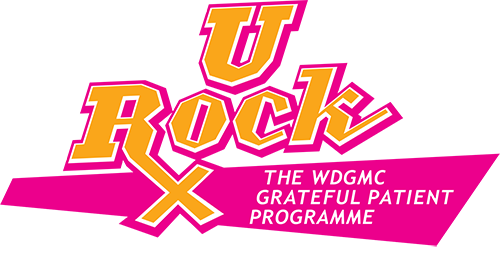
Written by: Dr Kgomotso Mathabe (Part 3 of 4)

Hypertension is an insidious chronic medical condition which is often without symptoms. Thus it is one of the conditions called the silent killers. It is also commonly referred to as high blood pressure (BP). It can occur on its own or as part of a constellation of conditions referred to as metabolic syndrome. These conditions affect the blood vessels and as such can cause erectile dysfunction (ED). Please see previous article on Metabolic Syndrome for more details.
The World Health Organisation defines hypertension as a BP reading of >140/90. This ideally on at least two separate occasions, as the BP can be temporarily raised by physical exertion as in climbing a set of stairs; caffeine; emotional upset etc.
Hypertension can be divided into two main categories; primary or essential hypertension and secondary hypertension.
In essential hypertension there is no identifiable cause for the raised BP. This type of hypertension typically occurs in people between the ages of 40 and 60 years of age. Race and gender are factors which predispose to essential hypertension; it is more commonly diagnosed in Black females. There is also a familial predisposition.
In secondary hypertension a cause can be identified and if diagnosed early may be reversible leading to cure. Sometimes the identification of the cause may occur after irreversible damage has occurred, such that even if the cause is treated, the hypertension will persist. A red flag which should alert us to the possibility of the hypertension being secondary, is hypertension occurring in a patient younger than 40 years or older than 60 years
The urologist’s interest in hypertensions stems from the pathological processes within the urological system which can lead to a raised BP, those reversible causes as well as hypertension as a paraneoplastic phenomenon. The work up, investigation and management for secondary hypertension with the intention to cure will involve the urologist together with any or all of the following other specialities; vascular surgeon, endocrinologist, head and neck surgeon.
Paraneoplastic syndromes are symptoms and signs due to the presence of a condition which is often but not always a malignancy, unrelated to the physical bulk and location of the pathological process. They are proposed to be hormone mediated effects which will resolve upon treatment and cure of the inciting pathology. One such phenomenon is that of a raised blood pressure.
In conclusion a patient with hypertension with onset before the age of 40 years or after 60 years, as well as the patient with erectile dysfunction should be assessed by a urologist.
Find Doctors, Services, Specialities